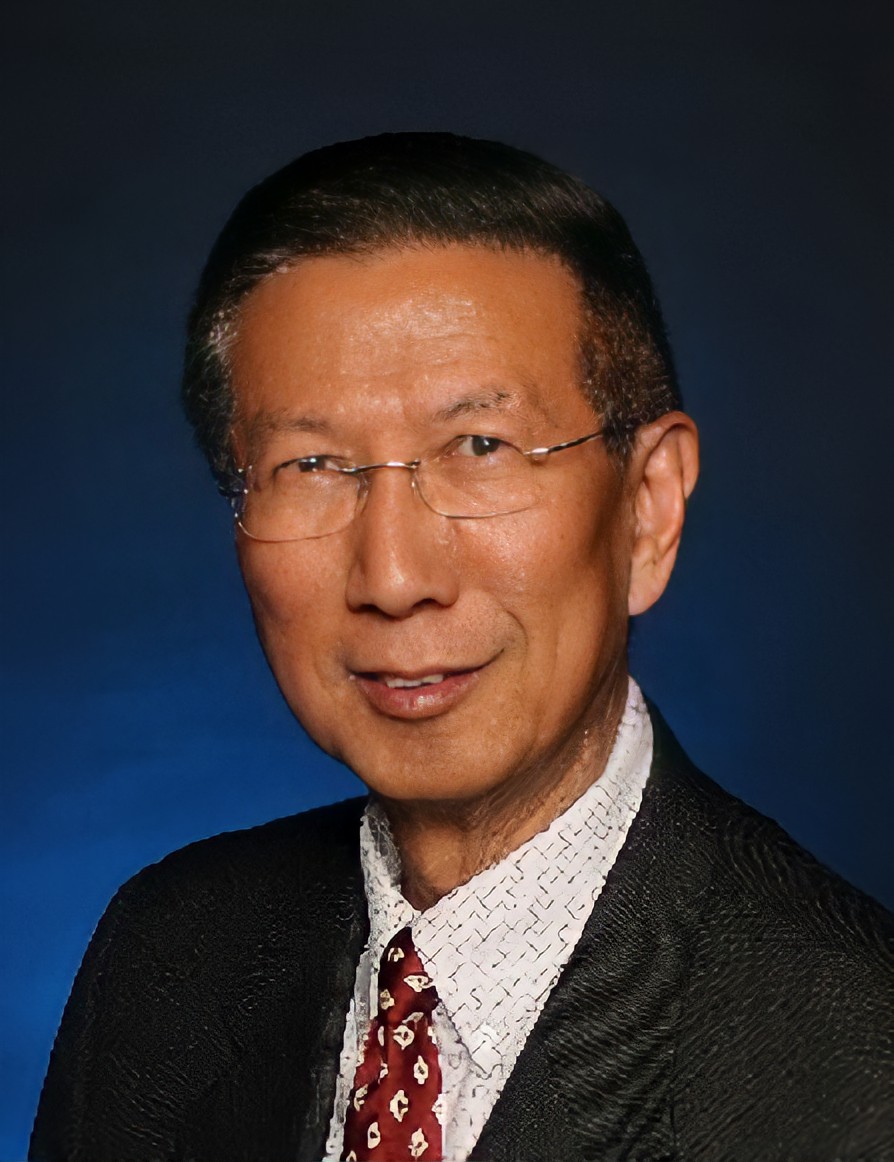


Life IEEE fellow, Motorola Chief EME Scientist, and the director of Corporate EME research laboratory, responsible for RF product safety.
Safety concerns over radiofrequency (RF) exposures have been around for many decades. Recently 5G technology for wireless communication has cause a new concern over its safety. This technology provides much faster data transmission than 4G. The frequency spectrum of 5G is divided into millimeter waves, mid-band and low-band. For higher frequency transmission, the reach is short, so more cells are required, which are called small cells. Millimeter waves also have difficulty traversing many walls and windows, so indoor coverage is limited. A beam forming technology is used to facilitate communication. The concerns are over the more antennas installed in the vicinity and the fear of the unknown effects from higher frequency exposures. IEEE International Committee on Electromagnetic Safety (ICES) has recently published a revised standard C95.1-2019 "IEEE Standard for Safety Levels with Respect to Human Exposure to Electric, Magnetic, and Electromagnetic Fields, 0 Hz to 300 GHz". In this new standard, exposure limits above 6 GHz are revised to include both limits inside the body (on the body surface due to the limited penetration depth) and outside the body (for easy measurement). Rationales of setting the limits will be discussed.
Dr. Chung-Kwang Chou received the B.S. degree from National Taiwan University, Taipei, Taiwan, in 1968, the M.S. degree from Washington University, St. Louis, MO, USA, in 1971, and the Ph.D. degree from the University of Washington, Seattle, WA, USA, in 1975, all in electrical engineering. After spending a year as a National Institutes of Health Post-Doctoral Fellow with the Department of Physiology and Biophysics, Regional Primate Research Center, University of Washington, he became a faculty member with the Department of Rehabilitation Medicine and the Center for Bioengineering, University of Washington, 1977 to 1985. From 1985 to 1998, he was a Research Scientist and the Director of the Department of Radiation Research with the City of Hope National Medical Center, Duarte, CA, USA. In 1998, he joined Motorola, Schaumburg, IL, USA, and became the Director of the Corporate EME Research Laboratory. He was the Chief EME Scientist with Motorola and Motorola Solutions from 2001 to 2013, where he was responsible for radio frequency (RF) product safety. He was retired and is currently an Independent Consultant on EMF safety issues. He was on the Board of Directors of the Bioelectromagnetics Society from 1981 to 1984 and an Associate Editor of the Journal of Bioelectromagnetics from 1987 to 2003, and served as the Chairman of the IEEE/EMBS Committee on Man and Radiation from 1996 to 1997, the Co-Chairman of the IEEE Standards Coordinating Committee 28, Subcommittee 4 on RF Safety Standard from 1997 to 2005, the Vice Chairman of the Committee 89-5 of the National Council on Radiation Protection and Measurements (NCRP) from 1996 to 1999, and a Council Member of NCRP from 1998 to 2004. He is the Chairman of TC95 of the IEEE International Committee on Electromagnetic Safety, responsible for exposure standards from 0 to 300 GHz. Dr. Chou has authored over 200 peer-reviewed papers and book chapters, and presented 300 conference papers and abstracts, and 230 invited talks. He was a recipient of the First Special Award for the decade (1970-1979) from the International Microwave Power Institute in 1981, the Outstanding Paper Award from the Journal of Microwave Power in 1985, the Curtis Carl Johnson Memorial Award from the Bioelectromagnetics Society in 1995, the IEEE Standards Medallion Award in 2005, and the Motorola's Global Standard Impact Award and the Highest Honor d'Arsonval Medal from the Bioelectromagnetics Society in 2006. He is a Life Fellow of IEEE (Fellow in 1989), a member of the Broadcast Technology Society, a Fellow of the American Institute for Medical and Biological Engineering in 1996 and the Electromagnetic Academy in 2007.